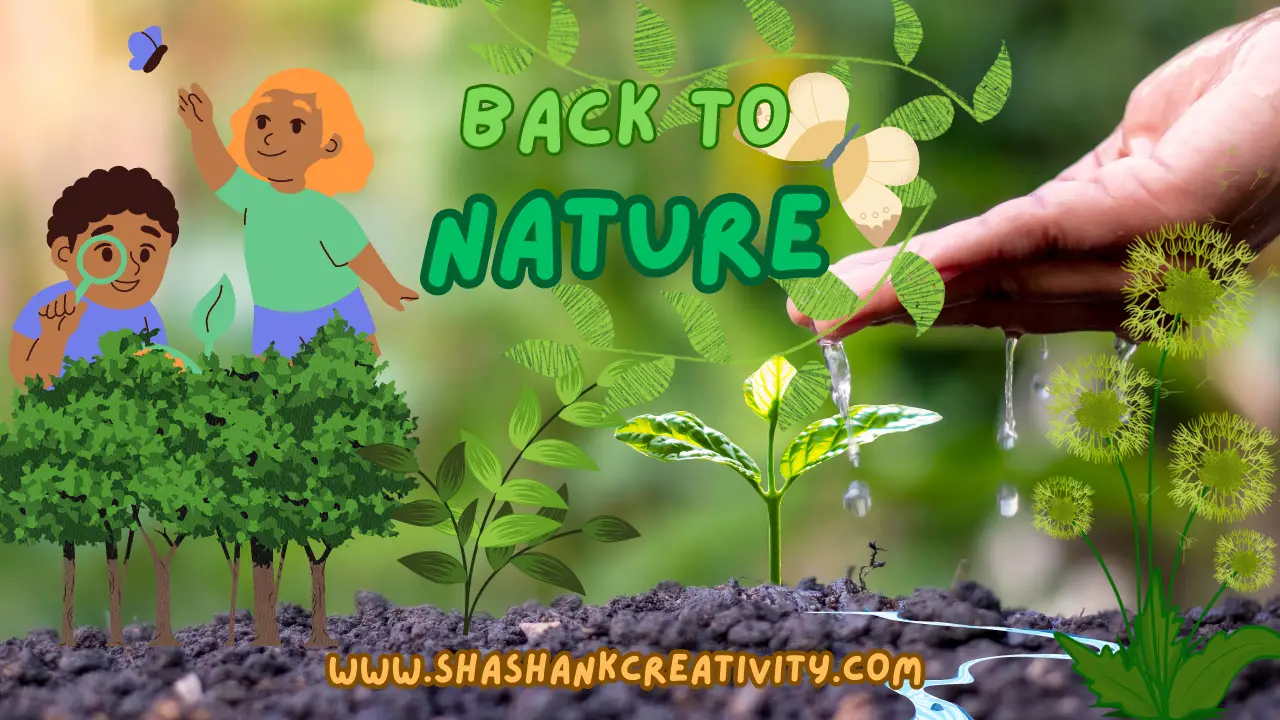Discover the beauty of low tech mushroom cultivation that's perfect for an organic harvesting journey. Explore the simple yet effective ways of growing mushrooms and yield a bountiful harvest. Start your passion and learn to cultivate your very own sustainable fungi ecosystem - the perfect twist to a sustainable lifestyle.
Low-tech mushroom cultivation refers to the practice of growing mushrooms using simple and affordable methods, without relying heavily on advanced equipment or technology. Here's a step-by-step guide to get you started with low-tech mushroom cultivation:
-
Select a mushroom species: Choose a mushroom species that is suitable for low-tech cultivation. Some popular options include oyster mushrooms (Pleurotus spp.), shiitake mushrooms (Lentinula edodes), and white button mushrooms (Agaricus bisporus).
-
Prepare the growing substrate: Mushrooms require a nutrient-rich substrate to grow. Common substrates include straw, sawdust, coffee grounds, and agricultural waste. Depending on the mushroom species you choose, you may need to sterilize or pasteurize the substrate to eliminate competing organisms.
-
Inoculation: Once the substrate is prepared, you'll need to introduce mushroom spawn or mycelium. Spawn contains the vegetative network of fungal threads called mycelium. You can purchase spawn from specialized mushroom suppliers or obtain it from a previous successful mushroom cultivation.
-
Mix and pack the substrate: In a clean environment, mix the spawn with the substrate thoroughly. Ensure the mixture is evenly distributed and densely packed to provide good colonization conditions for the mycelium.
-
Create growing containers: Low-tech mushroom cultivation often involves using simple containers like plastic bags or buckets. Make sure these containers have small holes or slits for air exchange. Alternatively, you can use logs for certain types of mushrooms like shiitake.
-
Incubation: Place the filled containers in a warm, dark, and humid environment to initiate the growth of mycelium. Ideal temperatures and humidity levels depend on the mushroom species but generally range from 20 to 25°C (68 to 77°F) and 80% relative humidity.
-
Fruiting conditions: After the mycelium has fully colonized the substrate, it's time to induce fruiting. This requires exposing the mycelium to fresh air, light, and specific temperature and humidity conditions. Again, these conditions vary depending on the mushroom species.
-
Harvesting: Mushrooms will begin to develop from the mycelium. Harvest them at the right time by gently twisting or cutting them close to the substrate. Be sure to harvest mushrooms before they release spores to prevent contamination and maintain good air quality.
-
Repeat or reuse: After harvesting, the substrate may still have potential for more mushroom growth. Some species, like oyster mushrooms, can produce multiple flushes. If the substrate is exhausted, it can be used as compost or incorporated into your garden soil.
Remember that low-tech mushroom cultivation may require some experimentation and adjustments based on your specific conditions. Proper hygiene, temperature, humidity control, and attention to detail are crucial for successful mushroom cultivation. It's also a good idea to consult additional resources, books, or local mushroom cultivation groups for more specific guidance on the mushroom species you choose to cultivate.
Mushroom cultivation steps, Milky mushroom cultivation, Mushroom cultivation process, Mushroom cultivation, Materials required for mushroom cultivation, Spawning in mushroom cultivation, Mushroom cultivation in india, How to cultivate mushroom, Mushroom cultivation at home, Methods of mushroom cultivation, Mushroom cultivation notes,
